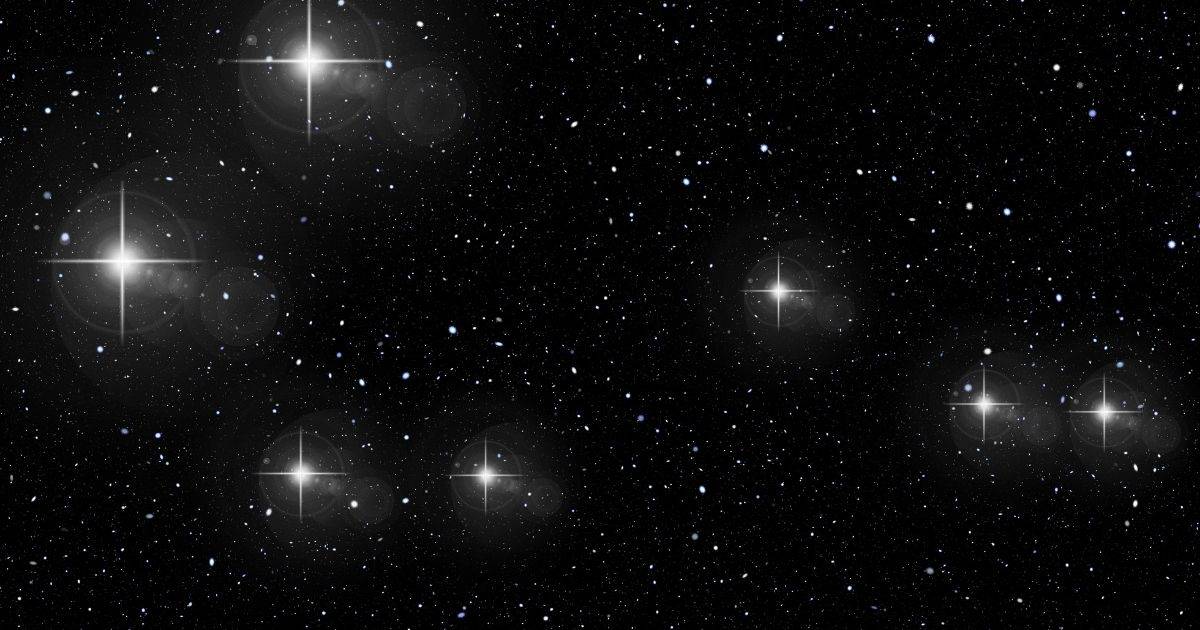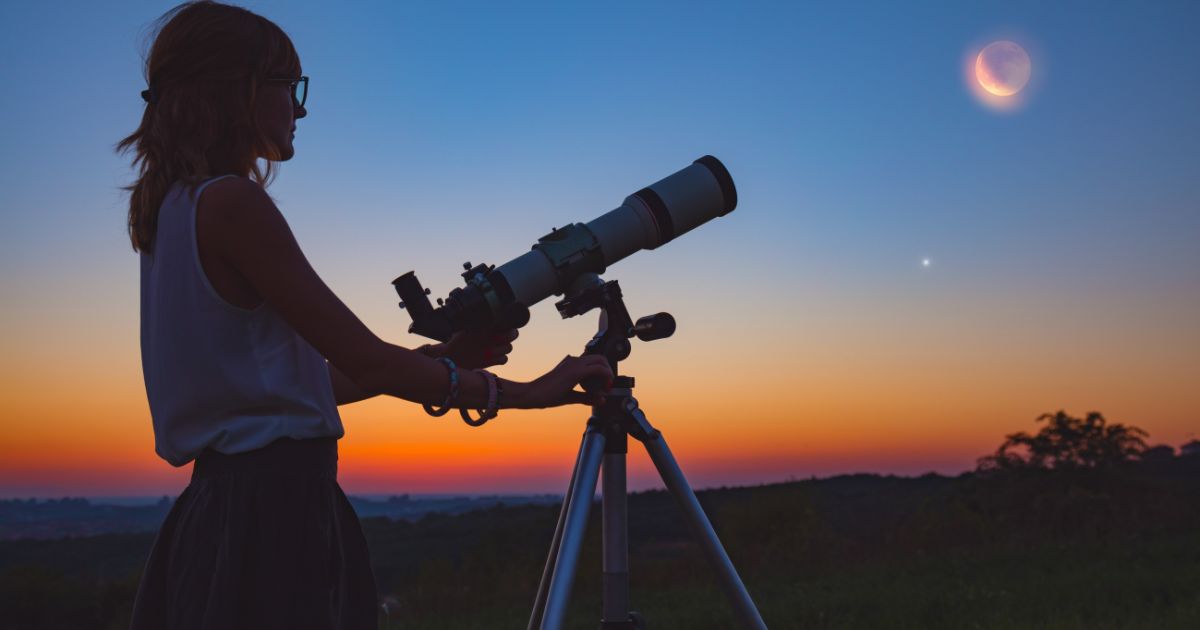In March, we traded more light in the evening for less light in the morning. By reverting back to standard time now, we regain the morning light.
We have another lunar eclipse this year on the morning of Friday, November 19. This one will be better than the one in May, but as a weekday event, it may be limited to the self-employed and retirees. At maximum eclipse, the moon is barely inside Earth’s dark shadow, so its duration will be short—about a minute—before it begins to drift out of the shadow.
As the summer constellations pass over into the western sky, the winter constellations are beginning to show themselves in the east, but they will be more prominent in December.

NOTEABLE EVENTS
Nov 3 Jupiter on meridian at 8 p.m.
Nov 4 New moon
Nov 7 End of daylight time at 2 a.m. local time
Nov 11 First-quarter moon
Nov 17 Pegasus on meridian at 8 p.m.
Nov 19 Lunar eclipse in morning (04:04:06)
Nov 21 Big Dipper (Pheoda under North Star at 8 pm..)
Nov 22 Orion rising in east at 8 p.m.
Nov 23 Sun enters Scorpius
Nov 26 Big Dipper under North Star
Nov 27 Last-quarter moon
Nov 29 Sun enters Ophiuchus

MONTHLY TABLES


LUNAR ECLIPSE
There are two early morning total lunar eclipses visible from Canada this year—on May 26 and November 19—but the later one will be the most visible.
The November 19 eclipse is also an early morning event, but it is better placed for most of the country. In the Maritimes, the final phase of the eclipse will be cut short by twilight and the setting moon.
For your city, you need only apply your time zone correction and not the Ottawa Time Corrections table.


Dates for the Phases of the Moon


Planetary Configurations
When at opposition, planets will appear on the opposite side of the sky from the sun—very roughly on the meridian at midnight.
A conjunction is when the planet has the same “longitude” as the sun. A superior conjunction is when the planet is on the other side of the sun, and an inferior conjunction is when it is between Earth and the sun. Only Mercury and Venus can be at inferior conjunction. Maximum elongation is when Mercury and Venus appear farthest from the sun in our sky. This occurs either in our morning eastern sky (morn) or our western evening sky (eve).
Do not apply the Ottawa Time Corrections to the times in this table.


Prominent Constellations By Seasons


Brightest Stars


OTTAWA CORRECTION TABLE

One of Canada’s foremost writers and educators on astronomical topics, the Almanac has benefited from Robert’s expertise since its inception. Robert is passionate about reducing light pollution and promoting science literacy. He has been an astronomy instructor for our astronauts and he ensures that our section on sunrise and sunset, stargazing, and celestial events is so detailed and extensive it is almost like its own almanac.












